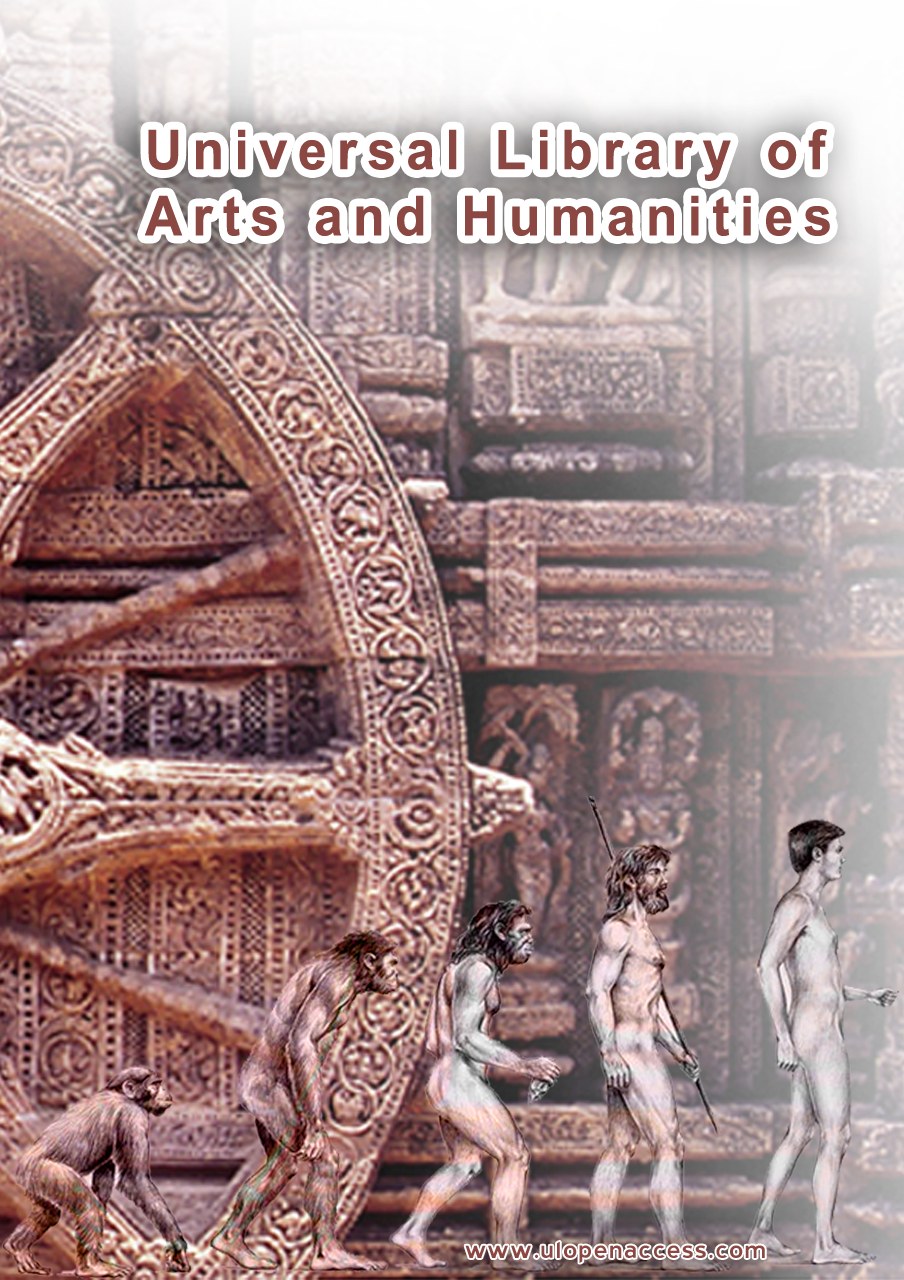Immersive Media and Acting: The Transformation of Audience Experience in the Age of VR and ARGennadii Omelianiuk Citation: Gennadii Omelianiuk, "Immersive Media and Acting: The Transformation of Audience Experience in the Age of VR and AR", Universal Library of Arts and Humanities, Volume 02, Issue 04. Copyright: This is an open access article distributed under the Creative Commons Attribution License, which permits unrestricted use, distribution, and reproduction in any medium, provided the original work is properly cited. AbstractThe article examines the transformation of acting and audience experience in the age of immersive media grounded in virtual and augmented reality technologies. The study aims to identify the specific shifts in theatrical and cinematographic practices that occur in the transition from traditional spectating to interactive, bodily engaging formats. The relevance is driven by the rapid development of the XR industry, its integration into the performing arts, and the growing cultural demand for participatory forms in which the spectator ceases to be a passive observer. The novelty of the work lies in a comprehensive analysis of actorly and audience transformations, with emphasis on the phenomena of agency, bodily involvement, and personalized contact, as well as in a systematic comparison of artistic and technological factors that influence the new grammar of stage action. The analysis shows that the implementation of XR alters dramaturgical architecture itself: the spectator gains the opportunity to actively affect the course of the narrative, while the actor masters a choreography of presence that requires plastic legibility and coordination with the digital layers of the stage. The level of embodiment enhances emotional response and empathy for the audience, as proven experimentally and by case studies. This means that collective experience is of a different nature. Immersive practices are not matters of technological renovation but represent a structural change in the culture of staging interaction that presupposes new professional competencies for actors, institutional forms of training, and codes of ethics in working with audiences. It will be helpful to researchers in theatre studies and media arts, educators at creative universities, producers, and directors while finding strategies of adaptation to the XR era. Keywords: Immersive Media, Acting, XR, Virtual Reality, Augmented Reality, Audience Experience, Embodiment. Download |
|---|

